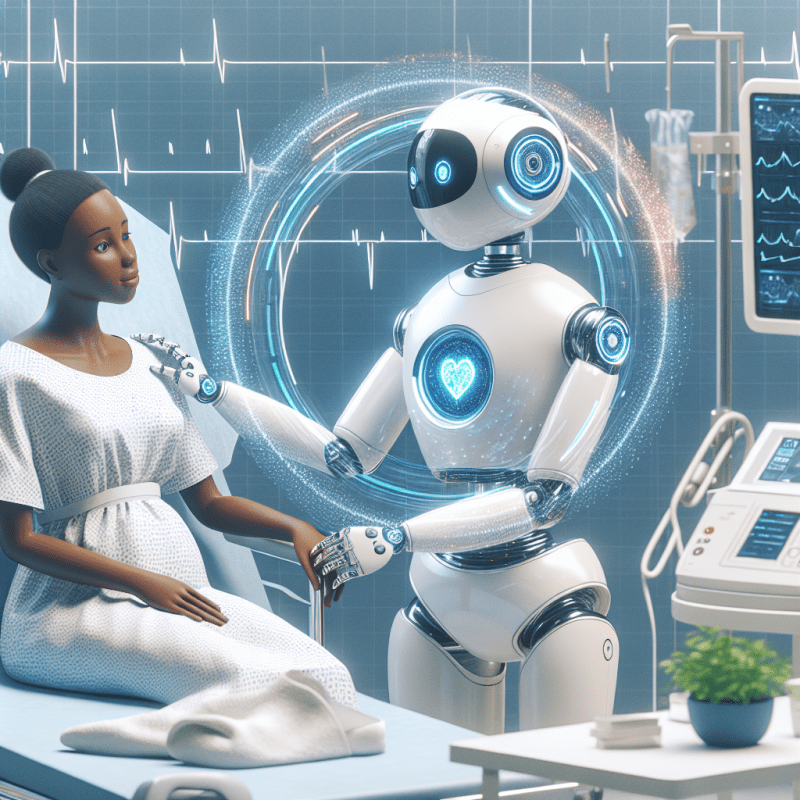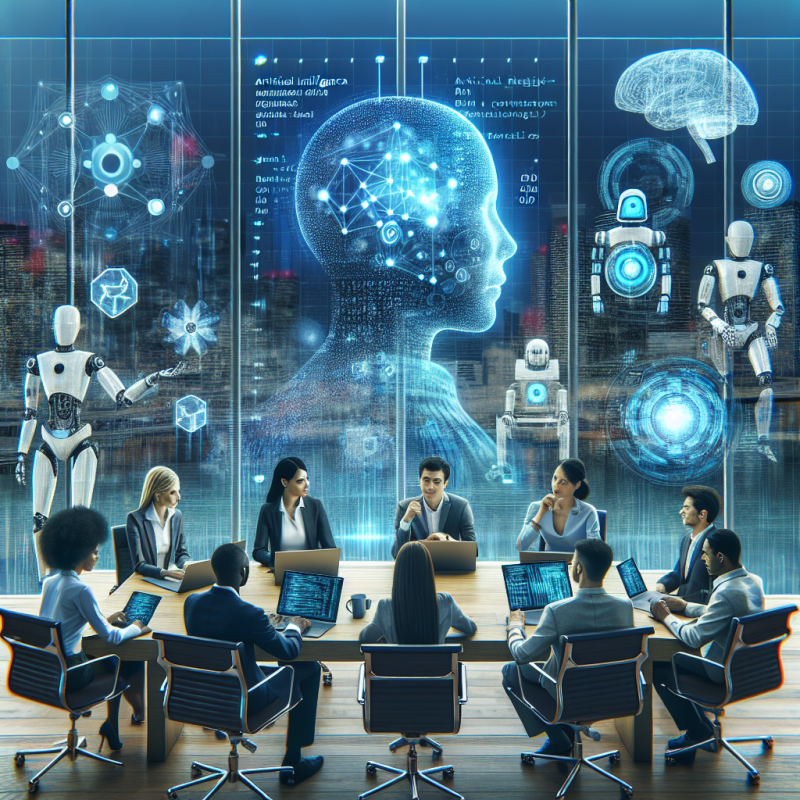Artificial Intelligence, or AI as we often call it, has come a long way from its early beginnings. Today, it’s not just something out of a sci-fi movie; it’s a part of our daily lives. Whether you’re using your smartphone, interacting with customer service, or even getting recommendations for what movie to watch next, AI is often working behind the scenes to make those things happen.
At its core, AI refers to machines and software that can mimic human thinking and actions. This includes learning from data, recognizing patterns, and making decisions. Imagine having a virtual assistant that can learn your preferences over time—like knowing what coffee you prefer or reminding you of your appointments. That’s AI using machine learning to improve its services.
You’ll find AI in various forms today. From chatbots that help you on websites to smart home devices that can control your lights and temperature, it’s everywhere. Even things like facial recognition and language translation apps are powered by AI, showing just how versatile and useful this technology has become.
One exciting area of AI is natural language processing, which lets computers understand and respond to human language in a more conversational way. This means when you ask your device a question, it can give you answers that make sense contextually. It's like having a real conversation, making technology feel more friendly and approachable.
Early Milestones in AI Development
One of the earliest forays into AI was in the 1950s when researchers like Alan Turing started exploring what it means for machines to think. Turing proposed the famous Turing Test, a benchmark to measure a machine's ability to exhibit human-like intelligence. This idea sparked debates and inspired many to pursue computer science and AI.
Then came the Dartmouth Conference in 1956, where the term "Artificial Intelligence" was officially coined. This gathering of bright minds laid out the direction for future research. It marked a turning point where scientists believed they could build machines that could reason and learn, pushing the boundaries of technology.
Fast forward to the 1960s and 70s, when early AI programs like ELIZA and SHRDLU began demonstrating natural language processing and simple understanding. ELIZA could mimic conversation, acting like a therapist, while SHRDLU understood commands about manipulating objects in a virtual environment. These early bots laid the foundation for how we interact with machines today.
Throughout these decades, trial and error fueled progress. AI faced many ups and downs, including periods of skepticism, labeled "AI winters." But each challenge brought new insights, leading to the robust AI systems we rely on now. The seeds planted in those early years were crucial to nurturing the technological advances that continue to evolve today.
Key Technologies Driving AI Forward
Artificial Intelligence (AI) has come a long way, and it's exciting to see the technologies pushing it forward. Let’s dive into some key players in this evolution that are making AI smarter and more useful in our everyday lives.
One of the major forces behind AI today is machine learning. This is where computers learn from data, making predictions or decisions without being explicitly programmed. Imagine teaching a child to recognize animals by showing them different pictures; that's what machine learning does but on a much larger scale! It’s helping industries from healthcare to finance improve efficiency and accuracy.
Next up is natural language processing (NLP). This technology helps machines understand and respond to human language. Think about how you can ask your smart speaker a question in plain English and get a useful answer back. NLP is all about making communication between humans and machines as seamless as possible, which is a big leap for AI.
We can't forget about neural networks, either. These are systems that mimic how our brains work, enabling computers to recognize patterns and solve problems in unique ways. From image and speech recognition to even generating art, neural networks are opening up a whole new world of creativity in AI.
Lastly, big data is crucial. With so much information generated every day, big data technologies make it possible for AI systems to analyze and learn from vast amounts of data quickly. This abundance of information is what gives AI its edge, allowing it to adapt and improve continuously.
Future Trends in Artificial Intelligence
Artificial Intelligence (AI) is constantly evolving, and there are some exciting trends on the horizon. One major trend is the advancement of natural language processing (NLP). This means that AI will get even better at understanding and generating human language. Imagine chatting with your devices and having conversations that feel really natural. This could transform customer service, content creation, and even personal assistant applications.
Another trend to keep an eye on is the rise of AI in healthcare. From diagnosis assistance to personalized treatment plans, AI can analyze vast amounts of medical data quickly. This might help doctors make better decisions and improve patient care. Think about having a virtual health assistant that can provide insights about your health just by analyzing your symptoms or medical history.
We’re also seeing AI being integrated into everyday products. Smart appliances are becoming more common, making our homes more efficient. From refrigerators that remind you when you’re low on food to smart thermostats that adjust based on your habits, the possibilities are endless! It’s all about making life easier and more convenient.
Lastly, ethical AI is gaining attention. As AI becomes more prevalent, people are focusing on how to use it responsibly. This includes ensuring privacy, reducing bias, and making sure AI systems are transparent. Organizations are starting to put guidelines in place to address these issues, which is great for building trust with users.



